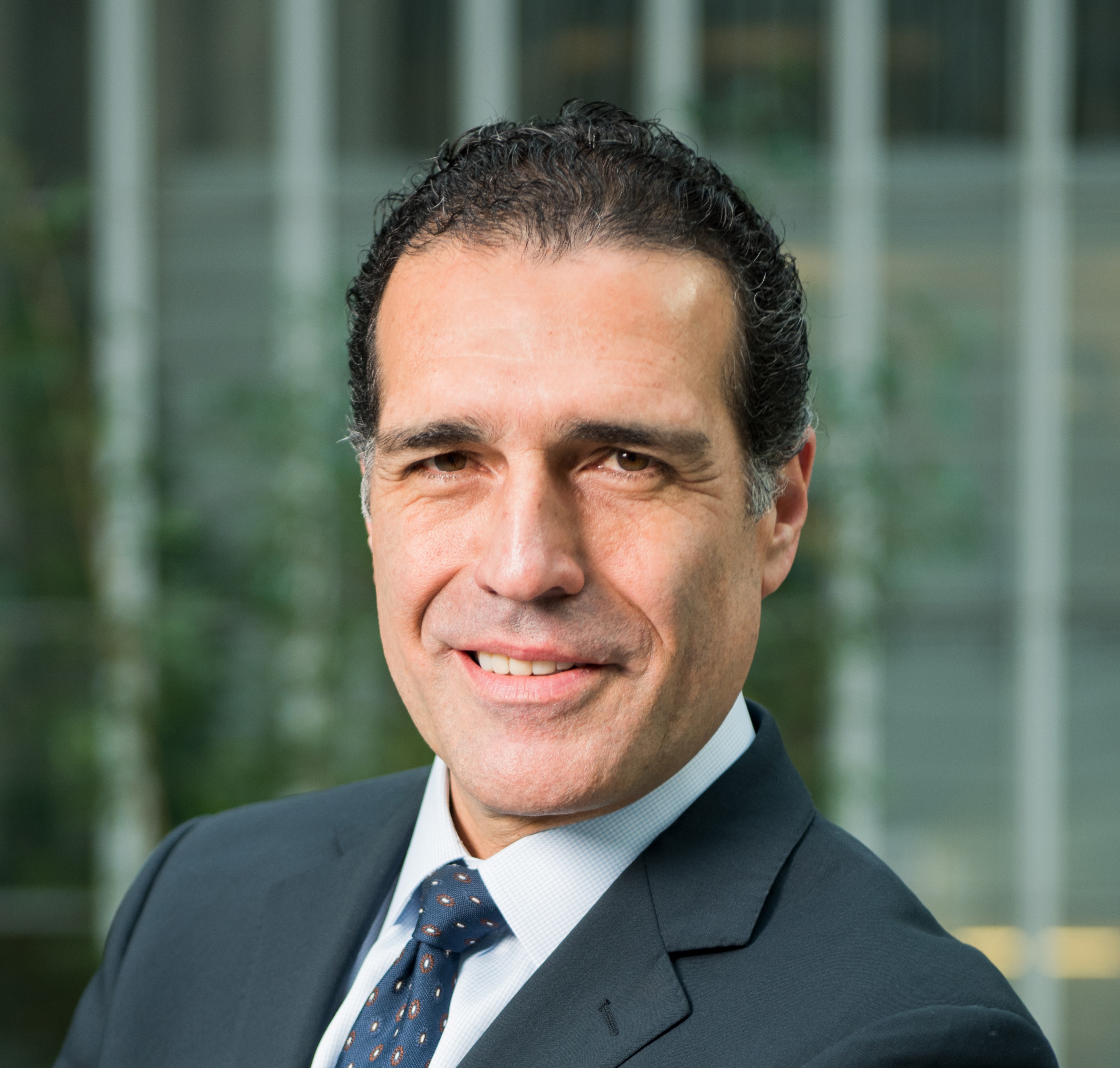
Concerns about the state of the global environment are widespread. The front pages of newspapers around the world prominently feature articles about global warming, biodiversity loss and pollution. And the extent and severity of these issues have led to a new term being adopted by several United Nations agencies and other international environmental players: “the triple planetary crisis”.
The extensive coverage of environmental issues has caused major concern across societies in recent years, and as a result, “climate anxiety” has become widespread. Characterized by “a chronic fear of environmental doom”, a 2017 survey by the American Psychological Association revealed that more than two-thirds of Americans reported experiencing stress, depression and anxiety related to climate change. In 2021, a similar study by Caroline Hickman, a researcher of eco-anxiety from the University of Bath, and collaborators, investigated climate anxiety in more than 10,000 children and young adults. The study uncovered that 84% of participants were moderately worried about climate change, while 59% were very or extremely worried.
Unsurprisingly, the responses to the triple planetary crisis are becoming more radical, including the all too common but unfortunate practice of activists gluing themselves to major works of art in museums around the world: Picasso, Raphael, and Botticelli have all suffered this ignominious fate. But the real question is, are these anxieties justified?
If we look at the science, there is indeed ample cause for concern. Since the industrial revolution, human activity has increased the concentration of greenhouse gases by 48%, leading to the average global temperature rising by 1.1 degrees. In turn, this has caused sea levels to rise by 21cm, and many scientists attribute recent extreme weather events to climate change. Most ecosystems are receding, and biodiversity populations show alarming signs of decline in most habitats. Managing waste has also become a major problem, leading to phenomenon such as the “Great Pacific Garbage Patch,”— a 1.6 million square km area full of plastic rubbish in the Pacific Ocean.
Clearly, a crisis of this magnitude requires an equally significant response, but this response should be based on science, not panic and glue. Throughout history, humankind has demonstrated the ability to adapt and solve problems – for example, the development of the COVID-19 vaccine in record time was not the result of chance, but rather, the accumulation of scientific and technological advances over decades.
I have no doubt that, as a global community, we can solve the triple planetary crisis if we put our minds to it, and there are already success stories that illustrate this point. In Europe, the enactment of environmental legislation to protect endangered species and their habitats has resulted in dramatic increases in previously decimated mammal populations over the last 50 years, including the European Bison (an increase of 16,626%), the Grey Seal (6,273%) and the Great Wolf (1,871%), to name just a few.
Another success story is the recovery of temperate forests, which were cleared hundreds of years ago to give way for agriculture, livestock, and to provide timber and firewood. As societies became more urbanized, forests in many countries recovered in what is called the U-shaped forest transition, where deforestation reaches a turning point and reforestation begins gradually. For example, two thousand years ago, forest cover in France was 47%, but in 1840 this had reduced to just 13%. Over the past 180 years, however, this has increased to 31%.
The third example of success is the healing of the ozone layer, which protects the planet from harmful ultraviolet radiation. The ozone layer’s rapid disappearance was triggered by the release of chemicals (chlorofluorocarbons) into the atmosphere and caused great alarm in the 1980s. Global concern led to the signing of the Montreal Protocol in 1987, an internationally binding treaty that banned these chemicals. As a result, the ozone layer has started to recover over the past 20 years, and if current trends continue, it will be completely restored by 2040.
Whether the glass is half empty or half full for the global environment is up to the reader to decide. What matters is that as a global community, we can make a difference if we set our minds to solve the problems in a rational manner. No more glue.
